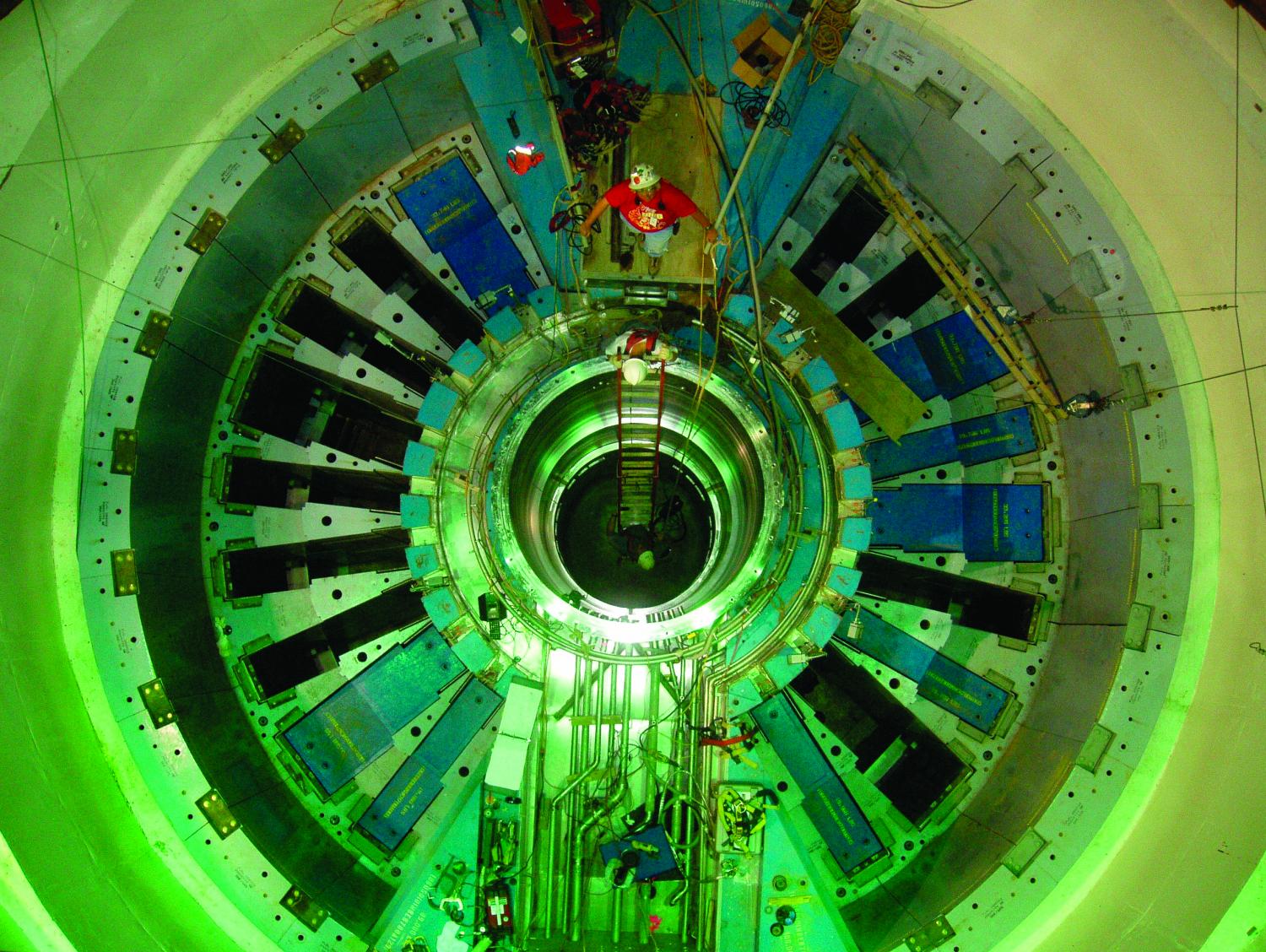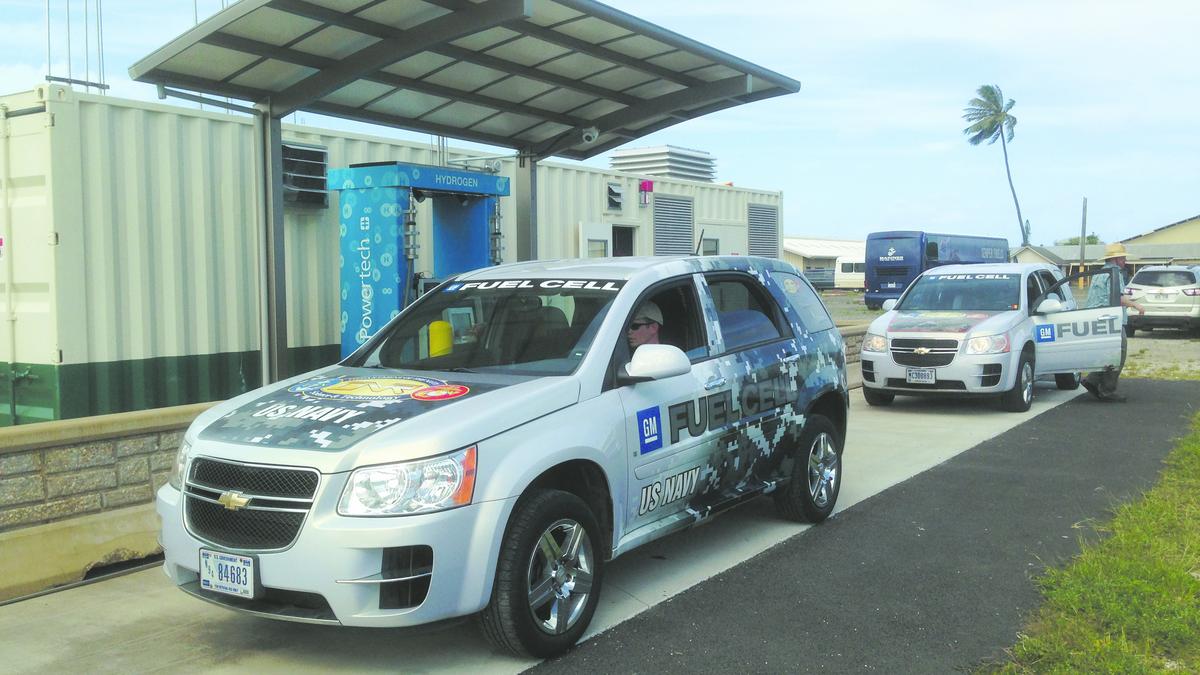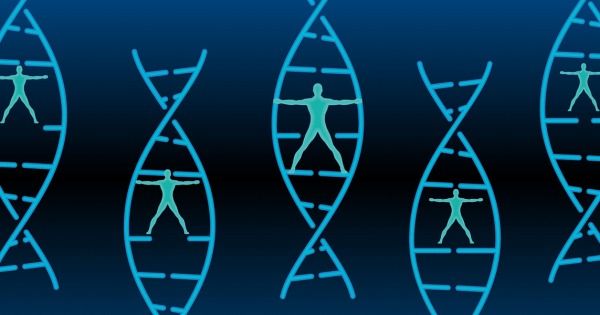Page 10685
Dec 6, 2016
Scientists find that for stem cells to be healthy, telomere length has to be just right
Posted by Steve Hill in categories: biotech/medical, life extension
The Goldilocks zone with telomere length is the key.
Ever since researchers connected the shortening of telomeres—the protective structures on the ends of chromosomes—to aging and disease, the race has been on to understand the factors that govern telomere length. Now, scientists at the Salk Institute have found that a balance of elongation and trimming in stem cells results in telomeres that are, as Goldilocks would say, not too short and not too long, but just right.
The finding, which appears in the December 5, 2016, issue of Nature Structural & Molecular Biology, deepens our understanding of stem cell biology and could help advance stem cell-based therapies, especially related to aging and regenerative medicine.
Dec 6, 2016
Microsoft launches its latest artificial intelligence chatbot on Kik
Posted by Carse Peel in categories: food, robotics/AI
The chatbot can answer questions and respond to prompts, while using teenage slang, and emoji.
The bot could even use puns, such as ‘I want a pizza that action’, when chatting about food.
But after chatting with Zo for a while, the bot seemed to get easily confused and go off tangent.
Continue reading “Microsoft launches its latest artificial intelligence chatbot on Kik” »
Dec 6, 2016
Tests confirm Germany’s massive nuclear fusion machine really works
Posted by Carse Peel in category: nuclear energy
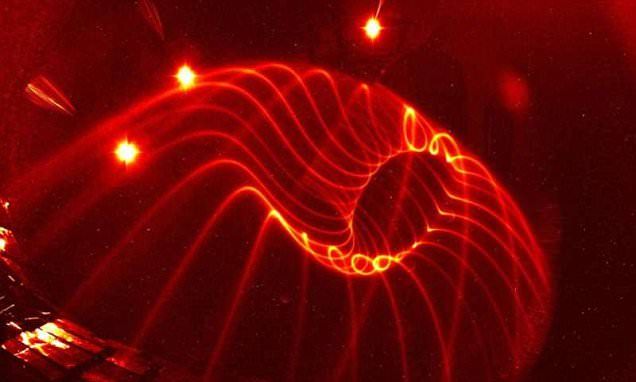
Last year, scientists started up a new type of massive nuclear fusion reactor for the first time, known as a stellarator.
Researchers at the Max Planck Institute in Greifswald, Germany, injected a tiny amount of hydrogen and heated it until it became plasma, effectively mimicking conditions inside the sun.
Continue reading “Tests confirm Germany’s massive nuclear fusion machine really works” »
Dec 6, 2016
Artificial intelligence and the evolution of the fractal economy
Posted by Carse Peel in categories: biotech/medical, economics, finance, particle physics, robotics/AI
Money makes the world go round, or so they say. Payments, investments, insurance and billions of transactions are the beating heart of a fractal economy, which echoes the messy complexity of natural systems, such as the growth of living organisms and the bouncing of atoms.
Financial systems are larger than the sum of their parts. The underlying rules that govern them might seem simple, but what surfaces is dynamic, chaotic and somehow self-organizing. And the blood that flows through this fractal heartbeat is data.
Today, 2.5 exabytes of data are being produced daily. That number is expected to grow to 44 zettabytes a day by 2020 (Source: GigaOm). This data, along with interconnectivity, correlation, predictive analytics and machine learning, provides the foundation for our AI-powered future.
Continue reading “Artificial intelligence and the evolution of the fractal economy” »
Dec 6, 2016
Futuristic Urban Droneport could act as a hub for drone deliveries
Posted by Klaus Baldauf in categories: drones, sustainability
Architect Saúl Ajuria Fernández designed Urban Droneport, an hub for delivery drones, as part of his master’s degree at Universidad de Alcalá.
Dec 6, 2016
‘Spooky’ sightings in crystal point to extremely rare quantum spin liquid
Posted by Carse Peel in category: quantum physics
Inside a new exotic crystal, physicist Martin Mourigal has observed strong indications of “spooky” action, and lots of it. The results of his experiments, if corroborated over time, would mean that the type of crystal is a rare new material that can house a quantum spin liquid.
Currently, only a small handful of materials are believed to possibly have these properties. This new crystal was synthesized for the first time only a year ago. Corroboration by other physicists of Mourigal’s newly produced experimental data could take a decade or longer.
Dec 6, 2016
CellAge: Targeting Senescent Cells With Synthetic Biology
Posted by Steve Hill in categories: bioengineering, biotech/medical, life extension
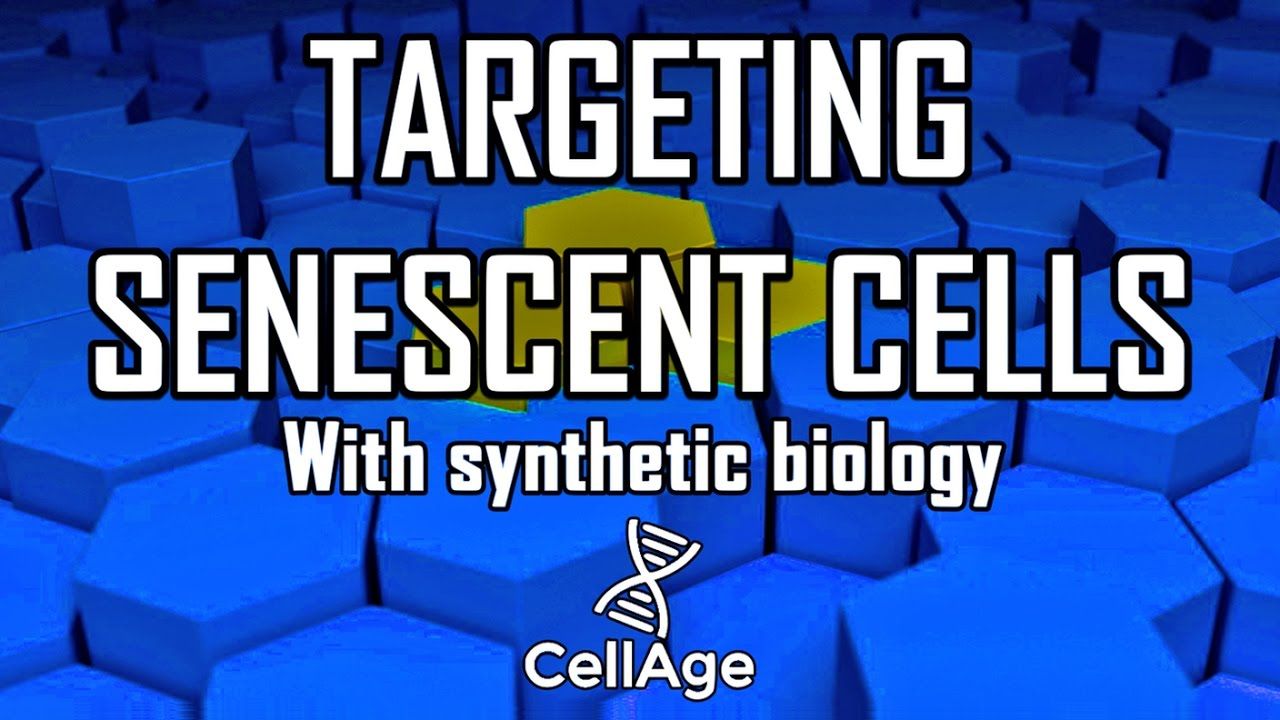
The fourth Lifespan.io campaign and CellAge are using synthetic biology to create an accurate aging biomarker for senescent cells and a new therapy for precision targeting of those problem cells. Senescent cells are one of the processes of aging and this could change the way we age.
Lifespan.io is proud to present our fourth rejuvenation biotechnology project!
Continue reading “CellAge: Targeting Senescent Cells With Synthetic Biology” »
Dec 6, 2016
Hawaii among top states in U.S. for hydrogen fuel cell projects
Posted by Klaus Baldauf in categories: nuclear energy, transportation
The report highlighted key programs and policies in the state including the state Legislature authorizing $1.25 million in bonds to design the refueling infrastructure for the Department of Transportation airport shuttle bus project.
A fuel cell is an electrochemical device that uses hydrogen and oxygen from the air to produce electricity, with water and heat as its by-products. Hydrogen can come from fossil fuels such as natural gas or propane or renewable fuels including gas from an anaerobic digester or landfill. Hydrogen can also be produced by water electrolysis, which can be powered by electricity from renewables such as solar or wind or from nuclear energy and the grid.
Other top states for hydrogen and fuel cells include California, Connecticut and New York.
Continue reading “Hawaii among top states in U.S. for hydrogen fuel cell projects” »
Dec 6, 2016
A New Aging Discovery Could Allow Humans to Extend Their Lifespan
Posted by Montie Adkins in categories: biotech/medical, genetics, health, life extension
In Brief
- By observing the transparent cells of roundworms, researchers have uncovered a link between lifespan and the natural cellular process of RNA splicing.
- This research could lead to new breakthroughs in anti-aging treatments that would allow humans to indefinitely keep ourselves healthy, stalling death for as long as possible.
Though aging seems like one of the most natural things, an affair common to all living creatures, the process is actually poorly understood by scientists. A new study detailed in Nature aims to shed light on the phenomenon as a research team led by the Harvard T.H. Chan School of Public Health has uncovered a relationship between lifespan and RNA splicing, a core function of cells that allows a single gene to produce a variety of proteins.
The researchers already knew that mutations in RNA splicing could lead to disease, but they wanted to find out if the act of splicing itself had an impact on the aging process. To find out, they designed experimental setups using the roundworm Caenorhabditis elegans, which show visible signs of aging during their short three-week lifespan.
Continue reading “A New Aging Discovery Could Allow Humans to Extend Their Lifespan” »





